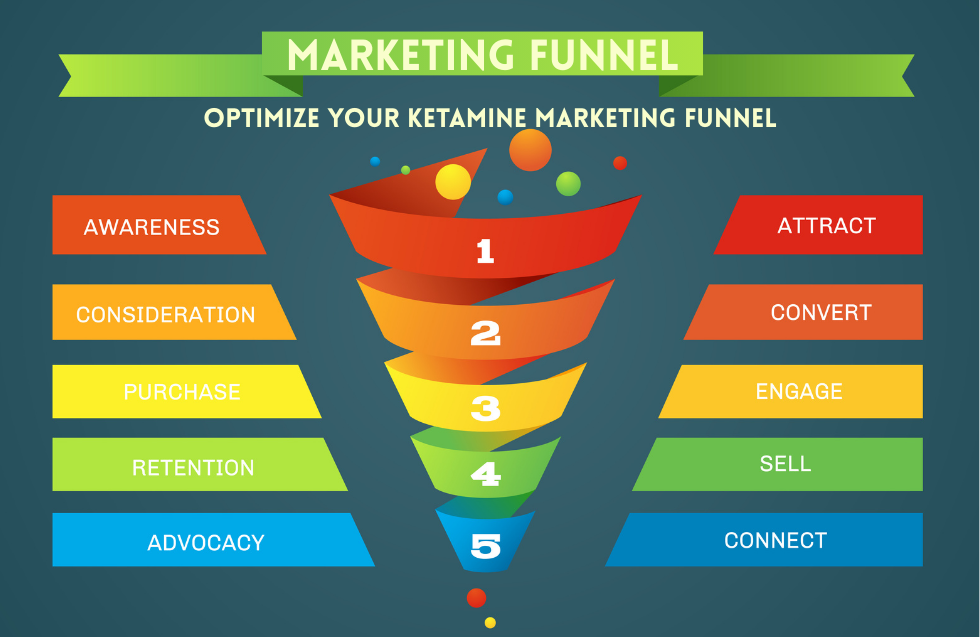The 21st century has brought a wave of digital tools that have transformed how businesses operate, collaborate, and grow. From cloud computing to AI-driven platforms, these innovations have streamlined workflows, improved productivity, and empowered businesses of all sizes to stay competitive in an increasingly digital marketplace. Here, we explore the top 10 business tools of the century and delve into how they continue to drive modern success.
1. Slack: Revolutionizing Team Communication
Introduced in 2013, Slack has become a staple for team communication. By 2024, Slack reported over 10 million active daily users, with many companies using the platform to facilitate seamless collaboration. Slack’s channels, direct messaging, and integration capabilities enable real-time communication, which has proven especially valuable as remote work grows in popularity. A report by Gallup found that 43% of U.S. employees work remotely at least part-time, highlighting the need for communication tools like Slack that enhance productivity and team cohesion.
Why It’s Essential: Slack streamlines internal communications, reduces email dependency, and enhances project visibility, making it a go-to tool for organizations worldwide.
2. Microsoft 365: A Legacy of Productivity in the Cloud
Microsoft 365 (formerly Office 365) transitioned Microsoft’s suite of tools, such as Word, Excel, and PowerPoint, to a cloud-based model, transforming workplace productivity. With over 300 million active users worldwide, Microsoft 365 offers accessible, collaborative, and secure document sharing. By making these tools available in the cloud, it allows real-time collaboration, which has been crucial for businesses adapting to hybrid work environments.
Why It’s Essential: Microsoft 365 is a trusted, comprehensive suite that enables productivity on any device, making it a critical tool for businesses globally.
3. Zoom: Redefining Video Conferencing
Video conferencing was reshaped by Zoom, which gained global recognition during the COVID-19 pandemic. In 2020 alone, Zoom saw a 2,900% increase in usage, reaching up to 300 million daily meeting participants at its peak. The tool’s ease of use, scalability, and reliability made it essential for remote teams, educational institutions, and event organizers alike.
Why It’s Essential: Zoom enabled businesses to maintain face-to-face interactions despite physical distance, fundamentally changing the way teams communicate and work together.
4. Asana: Mastering Task and Project Management
For task and project management, Asana has emerged as a top tool. Since its launch in 2008, Asana has simplified project tracking, enabling companies to keep projects on track and ensure accountability. A survey by PWC found that 77% of high-performing projects use project management software, and Asana has become a popular choice with its user-friendly design and features like task assignments, timelines, and goal tracking.
Why It’s Essential: Asana empowers teams to stay organized, manage complex projects, and improve overall productivity, contributing to project success and alignment across teams.
5. Salesforce: The Pioneer of Customer Relationship Management (CRM)
Salesforce, founded in 1999, revolutionized customer relationship management by bringing CRM software to the cloud. With over 150,000 customers globally, Salesforce remains the most popular CRM platform, known for helping companies manage customer data, track interactions, and build stronger customer relationships. CRM tools like Salesforce can increase sales productivity by up to 34%, according to Salesforce’s own data.
Why It’s Essential: Salesforce enhances customer relationship management, driving sales, improving customer experience, and increasing retention rates.
6. QuickBooks Online: Simplifying Financial Management
QuickBooks Online, launched in 2001, has become the preferred accounting software for small and medium-sized businesses (SMBs). QuickBooks provides tools for tracking income and expenses, invoicing clients, and running payroll, among others. Today, nearly 29 million small businesses in the U.S. rely on accounting software, with QuickBooks leading the market. Its cloud-based accessibility enables business owners to manage their finances on the go.
Why It’s Essential: QuickBooks simplifies financial management, making it easier for SMBs to stay financially healthy and compliant with accounting standards.
7. Dropbox: Pioneering Cloud Storage for Businesses
Founded in 2007, Dropbox introduced many to the concept of cloud storage. Today, the platform serves over 700 million registered users globally and remains an essential tool for file sharing and collaboration. With robust security features, Dropbox ensures that businesses can safely store and share important documents and media, accessible from anywhere.
Why It’s Essential: Dropbox set the standard for cloud storage, allowing teams to work collaboratively and securely on shared files from any location.
8. HubSpot: Streamlining Marketing and Sales Automation
HubSpot, launched in 2006, transformed inbound marketing with its all-in-one platform for CRM, sales, and marketing automation. By 2024, HubSpot had accumulated over 167,000 customers worldwide, making it a favorite among marketers. HubSpot’s suite of tools for content management, email marketing, and social media has helped businesses generate leads and nurture customer relationships.
Why It’s Essential: HubSpot provides essential tools for managing marketing campaigns, automating customer engagement, and generating high-quality leads, all from a single platform.
9. Canva: Democratizing Design for Everyone
Canva, launched in 2013, empowered non-designers to create professional-quality graphics, presentations, and marketing materials. As of 2024, Canva had over 135 million monthly users. With easy-to-use templates, a vast asset library, and collaboration capabilities, Canva has become an essential tool for small businesses and marketing teams, enabling them to create visually appealing content without the need for advanced design skills.
Why It’s Essential: Canva makes design accessible, allowing businesses to create high-quality visual content that engages audiences and strengthens brand identity.
10. Google Analytics: Driving Data-Driven Decision-Making
For businesses of all sizes, understanding web traffic and user behavior is essential for growth. Google Analytics remains one of the most widely used tools for web analytics, with over 28 million websites relying on its insights. This free tool provides in-depth reports on traffic sources, user demographics, engagement metrics, and more, helping businesses refine their online presence and optimize their marketing strategies.
Why It’s Essential: Google Analytics empowers companies with actionable data to understand customer behavior, refine their strategies, and make informed business decisions.
The Impact of Business Tools on Modern Success
The above tools have proven invaluable in shaping modern business practices, helping organizations streamline operations, increase productivity, and scale efficiently. According to a study by Deloitte, companies that use digital tools effectively are 2.5 times more likely to be high-performing than those that do not. As businesses continue to adopt digital tools, the advantages are clear:
- Increased Productivity: Tools like Slack, Asana, and Microsoft 365 have optimized collaboration, allowing teams to work more efficiently.
- Enhanced Customer Relationships: CRMs such as Salesforce and HubSpot enable businesses to understand and engage customers better, leading to improved loyalty and retention.
- Data-Driven Decisions: Google Analytics and other analytics tools provide actionable insights, allowing businesses to optimize their strategies and remain competitive.
- Financial Stability: QuickBooks helps businesses maintain financial health, simplifying processes like invoicing, payroll, and expense tracking.
Choosing the Right Tools for Your Business
For businesses looking to stay competitive in the digital age, selecting the right tools is critical. Here are some tips for choosing tools that will drive success:
- Assess Your Needs: Understand what your team requires to function efficiently. Do you need better communication, project management, or data analysis?
- Consider Scalability: Opt for tools that can grow with your business. For instance, Slack and Asana offer scalable options suitable for businesses of any size.
- Prioritize Ease of Use: The best tools offer an intuitive interface and minimal onboarding, saving time and boosting adoption rates.
- Evaluate Integration Capabilities: Choose tools that integrate well with each other, such as Microsoft 365, Salesforce, and HubSpot, to create a seamless workflow.
Conclusion: The Future of Business Tools
As we move further into the digital age, business tools will continue to evolve, driven by advancements in AI, machine learning, and cloud computing. These tools not only enhance productivity but also offer new avenues for innovation, collaboration, and customer engagement.
The top tools of the century have empowered businesses to scale efficiently, make data-driven decisions, and foster a collaborative work environment. Embracing these tools and staying informed about emerging technologies will enable businesses to stay ahead and thrive in a competitive landscape.
Whether you’re a small startup or a large enterprise, the right tools can transform your operations and drive long-term success in today’s digital world.













